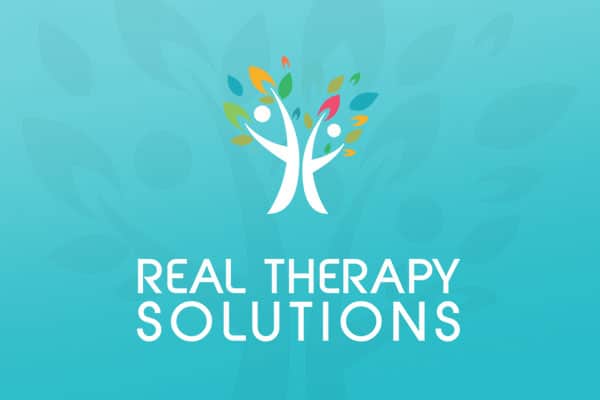
Why does it really matter? A question I am constantly being asked as an Occupational Therapist by concerned parents for a good reason!
Pencil grip isn’t just about being able to hold a pencil in the correct way for writing, it sets up posture, core strength and muscle tone. An incorrect pencil grip can lead to learning difficulties, pain and other issues.
The Tripod Grip
The ideal ” tripod grip” is recommended as it is the best hand position for handwriting speed and the muscles required are typically strongest and take longer to fatigue. This becomes increasingly important as a child gets older and the demand for handwriting at school increases.
It is a good idea to introduce the tripod pencil grip to your child when they begin to learn to write their own name, usually around 5 years of age
There are key developmental stages for how a child develops a “tripod grip”. They are:
- At the 1 – 1 ½ years a child learns to build shoulder and core strength and the movement for drawing starts at the shoulder
- At the 2 – 3 years a child learns to use their forearm muscles and movement starts at the elbow
- At the 3 ½ – 4 years a child learns to use their wrist and some of the smaller hand muscles and movement starts at the wrist
If these developmental stages are rushed it can result in a less functional grip. What is a less functional grip you might say? It is where a child:
- Has not progressed to the next developmental stage
- doesn’t have an open web space – the ”o” shape that forms between your thumb and pointer finger
- holding the pencil between their fingers
- pencil being held with all of their fingertips of one hand
- fatigue or pain whilst writing
- slow speed of writing
- holding the pencil too low or too high
- locking joints – where a child’s finger joints become stiff and can hyper flex – see picture below
Incorrect pencil grip and pain, learning difficulties and eye strain
If left uncorrected pencil grip can lead to fatigue, pain and learning difficulties. For example: incorrect grip can affect a person’s line of sight when writing that may lead to eye strain and neck strain due to leaning over the page. See the picture below. Pencil grip can be an indicator of difficulty crossing the midline, meaning it affects child’s ability to grab items on the opposite side of the body to say dress and/or play sports.
All of these affect a child’s handwriting speed and their ability to use the smaller hand muscles to learn letter formation. When a child experiences difficulty learning to write and draw they start to lack confidence, feel different than their friends and can become unmotivated to participate resulting in behaviours.
How to know if your child’s grip is incorrect?
- Make sure your child doesn’t grip the pencil too tight. Usually white knuckles, holes in eth paper they are writing on and pencil breakage is a sign of a child who has too tight grip on their pencil.
- Check the first knuckle of their pointer finger to make sure it is not extended too far or has too much pressure placed on it. The index finger should rest on the top of the pencil.
- Make sure your child is not making a fist when using a pencil.
How can I help my child develop a correct pencil grip?
- Practice, practice, practice – encourage your child to write at least once a day. Your child can practice pencil grip when colouring on and drawing not just when writing.
- Let your child choose what they want to write with – texta’s, pens, crayons can all be used to practice pencil grips.
- Make sure they sit in a good position of writing – on a chair feet flat on the floor, forearms rested comfortable on the table and a suitable sized table and chair.
If you have any questions please talk to your occupational therapist about your child’s pencil grip.
By attending an Occupational Therapy assessment we can assess the reasons behind a less functional grip and provide strategies to re-train or modify a child’s grip to make it more functional if required. We can’t all have perfect grips, but what we can have are functional grips.






